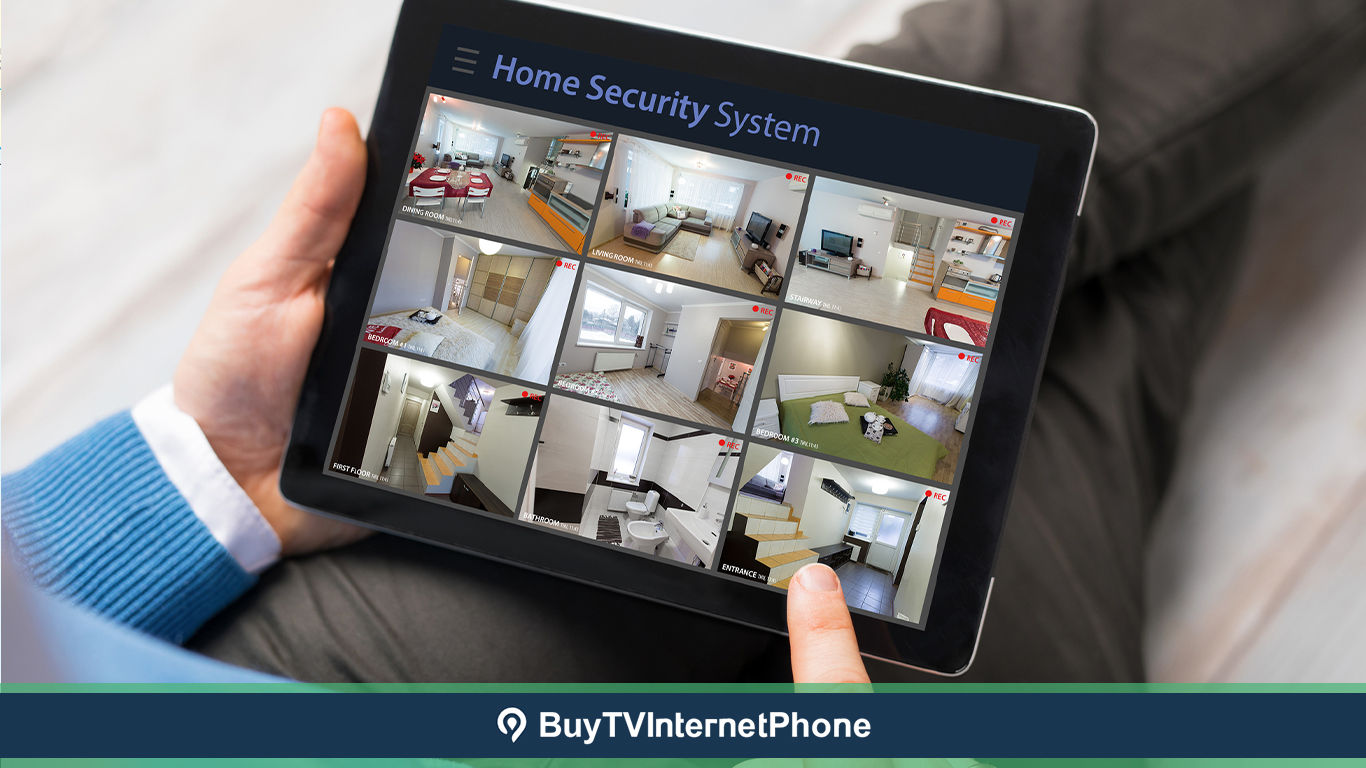
Xfinity Home is one of the fastest growing and much-famed home security systems in the U.S. The system is powered by Xfinity internet via the xFi Gateway and comes in different service tiers so you can pick whatever works best with your home. Novel technologies and innovative equipment make the Xfinity Home system intuitive enough to handle and address any threats. There are multiple options for professional monitoring with Xfinity Home, to ensure that your family and home are always protected, no matter where you are.
Access your live camera footage, recordings, and more from anywhere in the world with the smart Xfinity Home App. Control the automated devices in your home such as garage doors, smart locks, thermostats, and more remotely. Xfinity Home hence not only takes care of your home and protects it but can also automate your home to make your life easier. In this blog, we discuss some of the common Xfinity Home Zones so you can handle their configuration better.
In the simplest of words, a zone is an area monitored by any separate sensor or detector. The name of these zones are usually set by the technician at the time of installation and tend to be descriptive to help you understand and differentiate between all the different zones in your house. For instance, zones can be labeled ‘Front Door’, ‘Back Door’, ‘Hall Window’, etc. Depending on the number of sensors and other Xfinity Home equipment you have, there can be multiple zones in your house.
Each zone has a status displayed on the Dashboard or the touchscreen of your main control panel. The terms used are sensor-specific such as open or closed for door sensors and things along those lines.
The zone status on your Xfinity Home allows you to know what your sensor is doing at any given moment. Some of the most common zone configurations you would come across on Xfinity Home are given below.
The settings on your zone configurations are usually assigned and decided by the technician at the time of installation. You can ask your Xfinity technician to guide you and explain the system if you are confused.
Zone configurations are basically rules for the Xfinity Home system, under which it operates in the system’s armed mode. This allows you to determine how the Xfinity Home System will respond to a sensor’s status. You can see the configuration of any sensor or detector on the Xfinity touchscreen, under the device settings.
This is assigned to zones used as entry and exit points such as main entrance doors. The configurations available with this zone include:
This is assigned to the sensitive sensors on external doors and windows. The configurations available with this zone include:
This zone is assigned to motion sensors that routinely monitor movement inside your home. The alarm is triggered only when the system is Armed Away. If faulted during the Entry Delay, you are allowed to step in and make your way through the zone to disarm the system. The configurations available with this zone include:
This zone is for motion sensors used at entry and exit points within your home. The configurations you get with this zone include:
This zone is assigned to motion sensors that monitor areas with low movement and foot traffic – including basements, attics, garages, etc.
This zone is assigned to motion sensors used at the entry and exit points in your home, especially those that should be active while the system is Armed Night.
You may assign this to zones that send you timely notifications. The configurations available with this setup are:
This setting is generally assigned to a zone holding an emergency button. It sends a report to the Central Monitoring Station and sounds an alarm – both at the keypad as well as a loud external alarm.
This setting is normally assigned to a zone that has an emergency button. It sends a report to the Central Monitoring Station but does not sound an external alarm at the keypad or otherwise.
This setting immediately sends a report to the Central Monitoring Station about the fire. It also sounds like a loud external alarm and one at the keypad.
This setting is assigned to zones that are to generate an alarm when the system is armed. Similarly, they create a troubling icon on the Xfinity touchscreen when the system is not armed.
Zones for the sensors and detectors with Xfinity Home come with an in-built configuration. However, during installation, your technician can assign other functions to a zone. This way you get the complete flexibility to customize your Xfinity Home security system to fit your household needs. Each sensor or detector type has a certain set of available zone configurations with which it can function. These are given below.
| Sensor/Detector Type | Configurations Available | Default Configuration |
|---|---|---|
| Door or Window Sensor | Perimeter Silent 24-Hour Audible 24-Hour 24-Hour Inform Trouble Day/Alarm Night |
Entry/Exit |
| Motion Sensor | 24-Hour Inform Interior with Delay Interior Delay Arm Night Interior Follower Arm Night |
Interior Follow |
| Glass Break Sensor | Silent 24-Hour Audible 24-Hour 24-Hour Inform Trouble Day/Alarm Night |
Perimeter |
| Water Detector | Audible 24-Hour | 24-Hour Inform |
| Smoke Detector | - | 24-Hour Fire |
| Carbon Monoxide Detector | - | Audible 24-Hour |
For more information, call Xfinity customer service at 844-207-8721
Xfinity Home Security gets you the full home security solution. It comes with professional monitoring and top-notch tech and innovative solutions installed by experts and powered by the xFi Gateway.
For more information, call Xfinity customer service now at 1-844-207-8721.
Replacing batteries in Xfinity Home system devices is simple but varies from device to device. Learn more or call our experts at 1-844-207-8721 for more info.